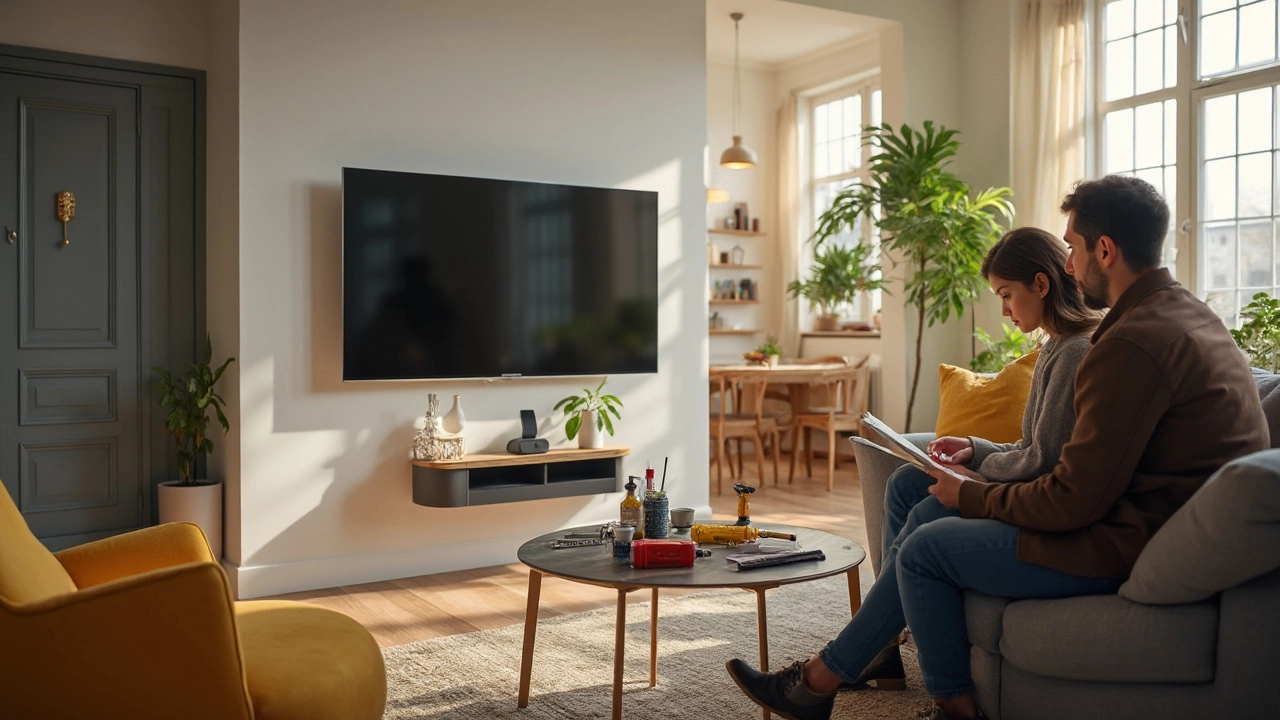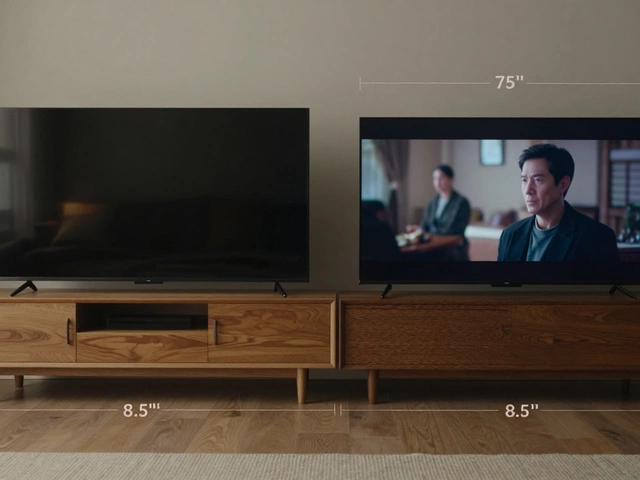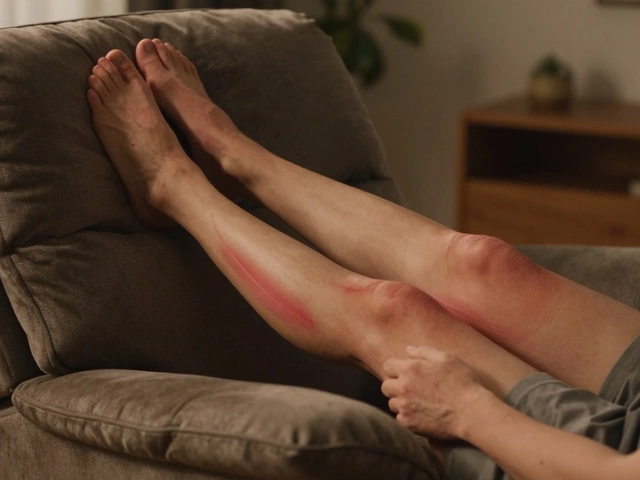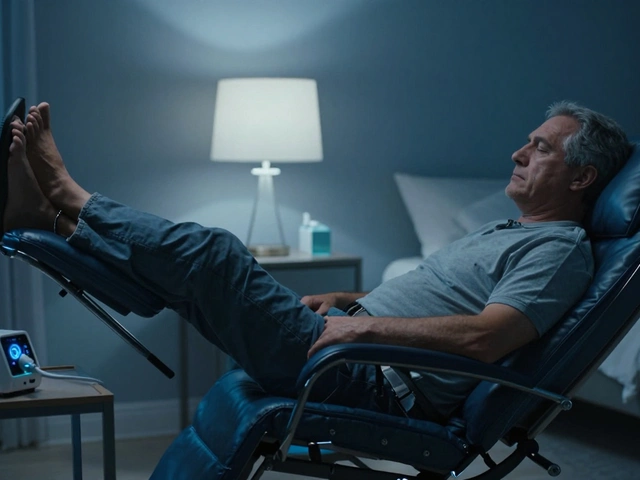Mounting TV Made Easy: Find the Perfect Height and Stay Safe
Thinking about taking that TV off the stand and putting it on the wall? You’re not alone. Most people want a cleaner look and better sight lines, but they worry about the work involved. The good news is you only need a few tools, a clear plan, and a bit of patience to get a solid, safe mount.
Pick the Right Height
The first question is: how high should the screen sit? A quick rule of thumb is to align the center of the TV with your eye level when you’re seated. For a typical sofa seat, that’s about 42‑48 inches from the floor. Measure the vertical center of your TV (half the screen height) and subtract it from your eye level – that gives you the top‑to‑floor distance for the mount.
If you watch from a high chair or often stand while viewing, you can shift the height up a few inches. The goal is a comfortable neck angle, not a perfect math formula. Test it with a cardboard cut‑out: tape a piece of cardboard at the height you think works, sit down, and see if you’re looking straight ahead or tilting up.
Mounting Tips & Safety
Before you drill, locate the studs in your wall. Use a stud finder, then mark the center of each stud with a pencil. Most wall‑mount brackets need two studs for a secure hold, especially for screens over 55 inches. If you can’t find studs, a sturdy metal toggle bolt can work, but studs are still the safest choice.
Next, choose the right bracket. There are fixed, tilting, and full‑motion mounts. Fixed brackets keep the TV flat – best for eye‑level setups. Tilting mounts let you angle the screen down a bit, useful when the TV sits higher than eye level. Full‑motion mounts let you pull the screen out and swivel, great for rooms with multiple viewing spots.
Gather your tools: drill, level, screwdriver, tape measure, and a helper. Attach the bracket to the back of the TV first – most brackets have pre‑drilled holes that line up with the TV’s mounting holes. Make sure the screws are tight but don’t over‑tighten and strip the threads.
When you hang the TV, use a level to ensure it’s straight. A slight tilt can cause neck strain over time, even if the TV looks okay at first glance. Once it’s level, double‑check all screws on both the wall plate and the TV side. If anything feels loose, tighten it before letting go.
Don’t forget cable management. Run power and HDMI cords through a wall conduit or use a simple cable raceway that sticks to the wall. This not only looks neat but also reduces the risk of cords being tugged and pulling the TV off.
Finally, give the mount a test run. Gently push and pull the TV to make sure it doesn’t wobble. If you feel any movement, re‑tighten the fasteners or reconsider the stud locations.
Mounting a TV isn’t rocket science, but doing it right pays off in safety and comfort. Follow these steps, keep a helper nearby, and you’ll have a sleek, eye‑level screen that makes movie nights feel more like a cinema.
Now that you’ve got the basics down, you can experiment with decorative shelves or lighting around the mount. Just remember: the TV stays the focal point, so keep other elements simple and functional. Happy mounting!
What to Do If Your TV Doesn't Have a Stand: Quick Solutions & Creative Fixes
Not every TV comes with a stand, and sometimes stands get lost or break. This article lays out real options for setting up your TV when you don’t have its original stand. Learn about safe, practical choices you can try right away, from wall mounting to creative DIY hacks. Find out what not to do so your TV stays secure and upright. Perfect if you need a fix right now or want long-term solutions.







